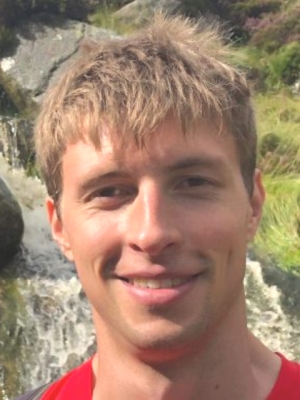Dr. Thomas Hudson
Click the configuration bar to configure the display of this component. Enter the email address (in the configuration bar) of the person whose personal information you want to edit.

Dr. Thomas Hudson
Lecturer at the Department of Earth and Planetary Sciences
Additional information
Research area
I am a seismologist, focussed on unlocking the potential of new seismic instrumentation advances to shed light on critical Earth system processes that are particularly pertinent to society and/or industry.
Current topics of interest are:
- Using passive seismic methods to study glacier processes, particularly glacier slip and crevassing processes. These processes represent a significant source of uncertainty in sea-level rise projections.
- Mapping the accumulation and migration of geothermal fluids in Earth's crust. My interest in geothermal systems stems both from their promise for power generation but also their potential as new, untapped sources of minerals required for the green energy transition.
- Technical advances/methods to harness the potential of both nascent fibreoptic sensing technologies (e.g. DAS) and seismic nodes. These technologies have the potential to revolutionise the field of seismology, yet significant challenges remain in their adoption. I seek to address some of these challenges.
Additional information
I am a seismologist, focussed on unlocking the potential of new seismic instrumentation advances to shed light on critical Earth system processes that are particularly pertinent to society and/or industry.
Current topics of interest are:
- Using passive seismic methods to study glacier processes, particularly glacier slip and crevassing processes. These processes represent a significant source of uncertainty in sea-level rise projections.
- Mapping the accumulation and migration of geothermal fluids in Earth's crust. My interest in geothermal systems stems both from their promise for power generation but also their potential as new, untapped sources of minerals required for the green energy transition.
- Technical advances/methods to harness the potential of both nascent fibreoptic sensing technologies (e.g. DAS) and seismic nodes. These technologies have the potential to revolutionise the field of seismology, yet significant challenges remain in their adoption. I seek to address some of these challenges.